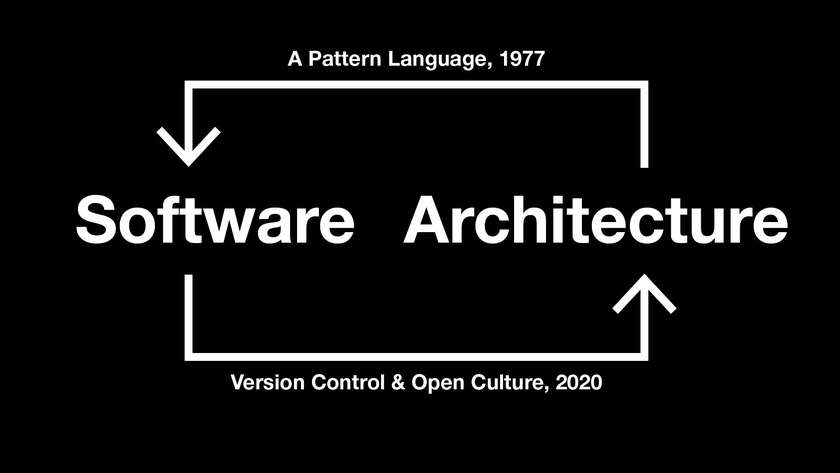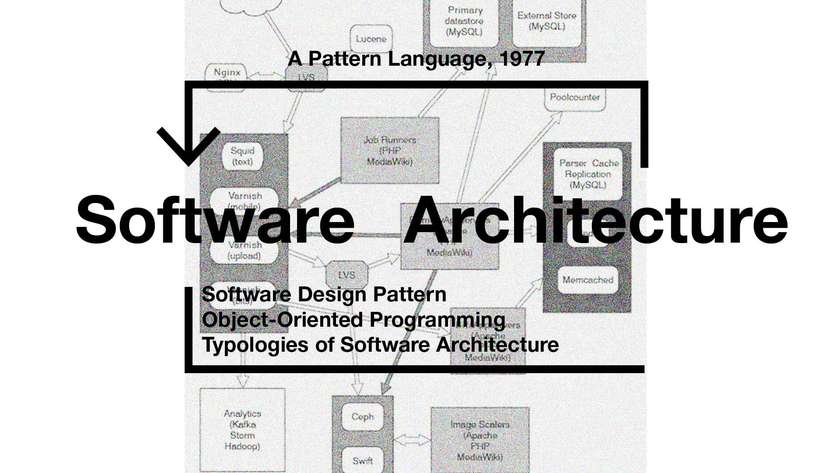Idea by
kaman lam
Puriverse
Call for ideas 2020
Breakthroughs for Architecture in Software & Software (Culture) in Architecture
Breakthroughs for Architecture in Software & Software (Culture) in Architecture
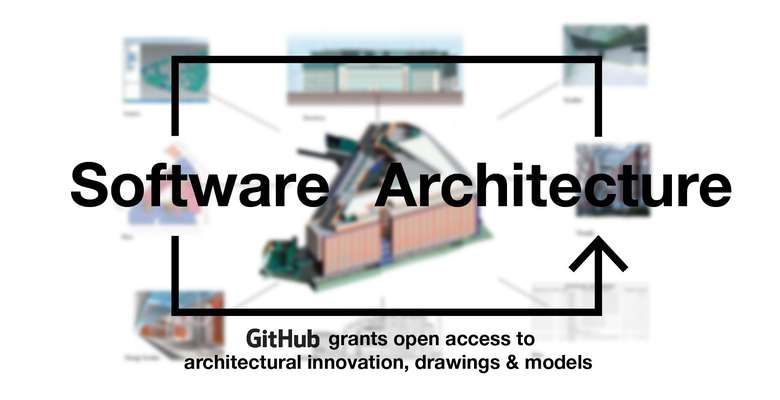
- Systemic changes
Architectural thinking was once the force behind major breakthroughs in the software landscape— when Cunningham and Beck discovered Christopher Alexander's book A Pattern Language, they saw an insight that could be transferred to possible forms of software technology: modularity, hierarchies of structures, scalability, assembly, system sets. Today, Architecture must reinvent itself too through learning from Software.
This research proposes technical analysis of Software Culture today and a next-generation software to promote general acceptance of systemic, open-source architectural maintenance. Could we imagine an open-source GIT version control for the built environment? For example: in ways similar to how codes are shared but data monetized, grant open-access to architectural innovations, modularize them, situate them in context (through AR), and monetize implementation and physical labor only. In so doing, this proposal aims to provoke architectural disciplines into reinvention.
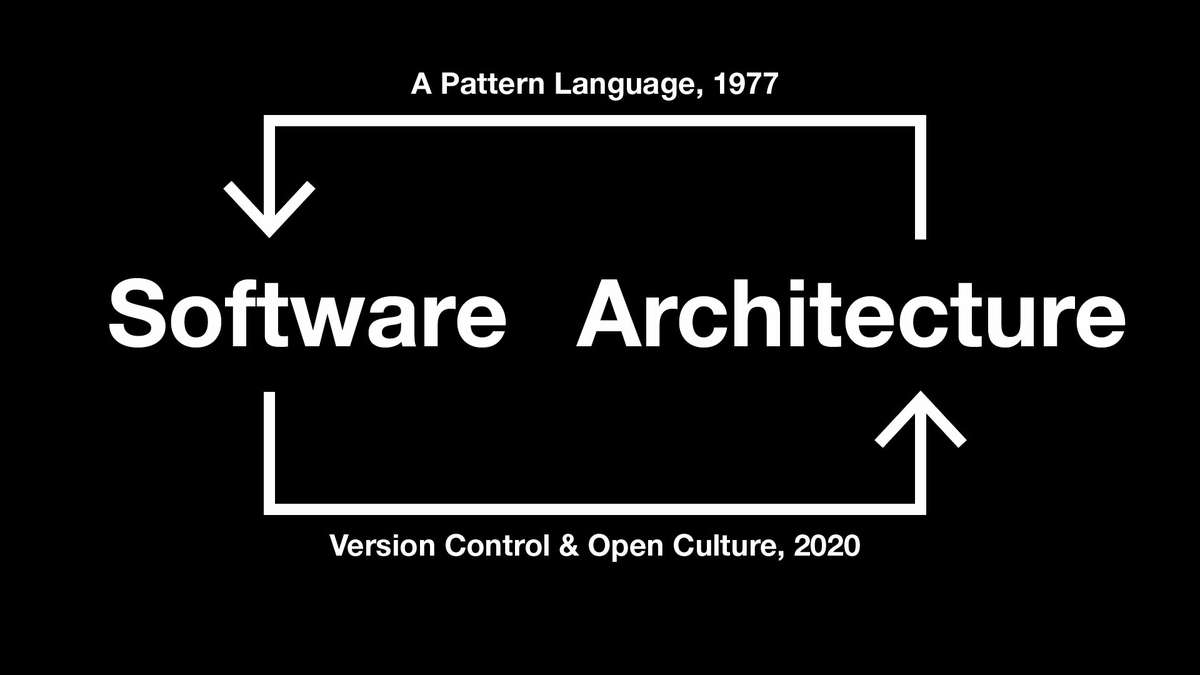
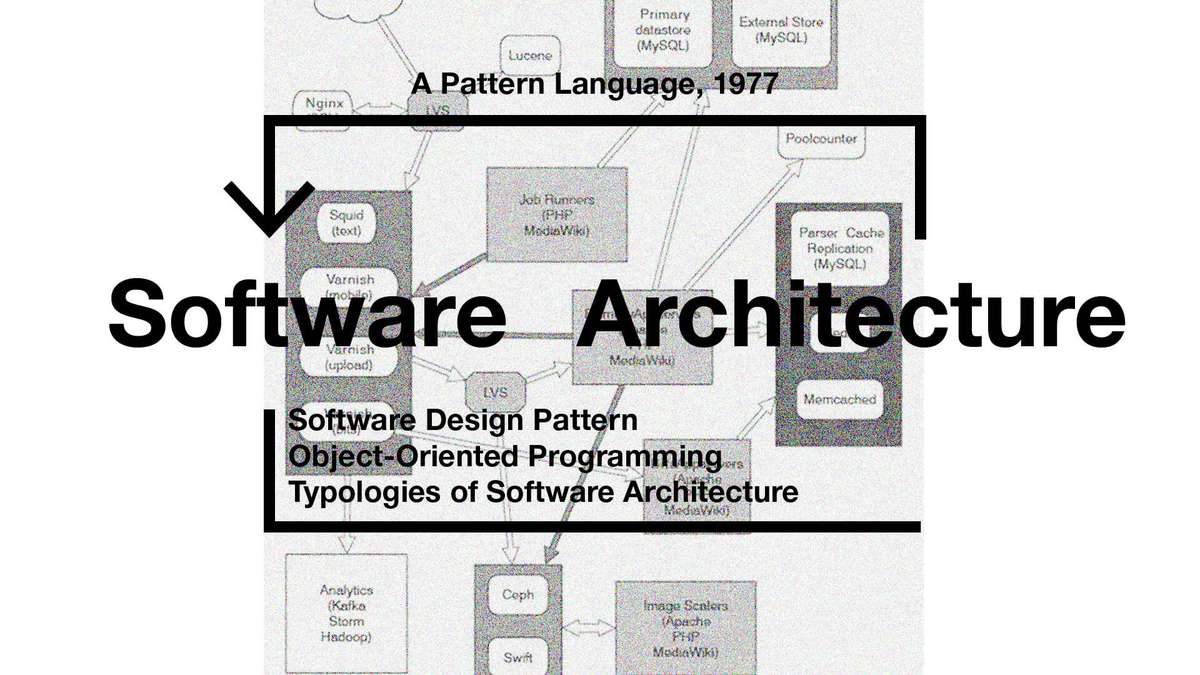
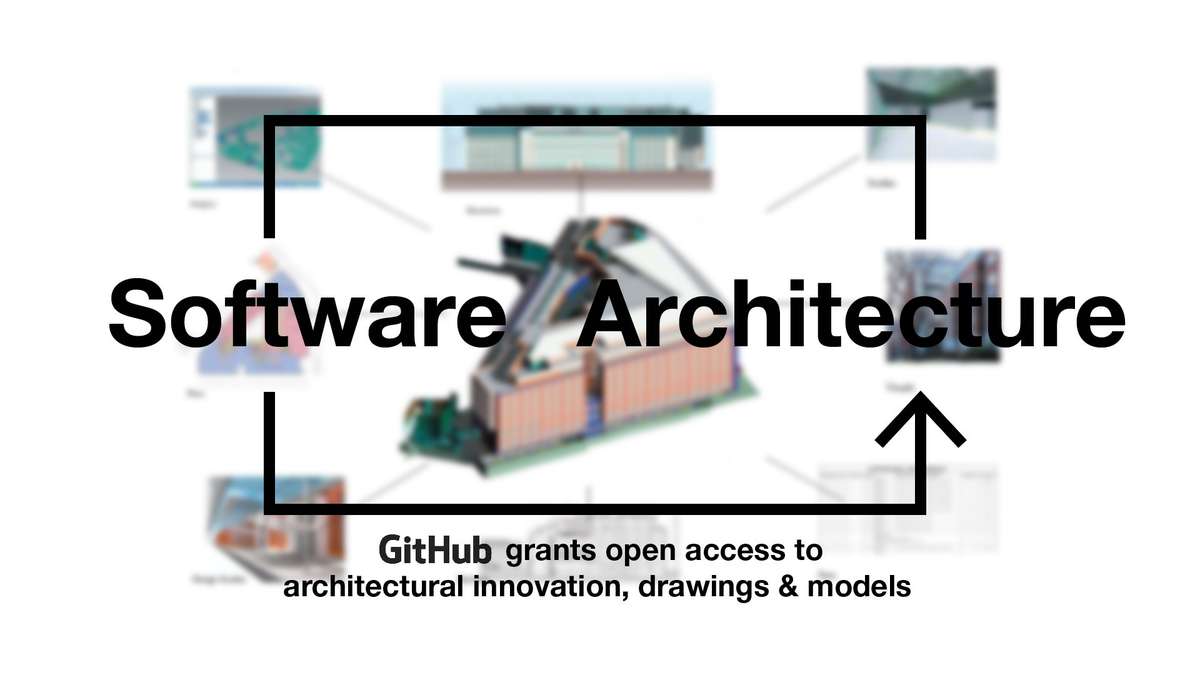

Breakthroughs for Architecture in Software & Software (Culture) in Architecture
Breakthroughs for Architecture in Software & Software (Culture) in Architecture

- Systemic changes
Architectural thinking was once the force behind major breakthroughs in the software landscape— when Cunningham and Beck discovered Christopher Alexander's book A Pattern Language, they saw an insight that could be transferred to possible forms of software technology: modularity, hierarchies of structures, scalability, assembly, system sets. Today, Architecture must reinvent itself too through learning from Software.
This research proposes technical analysis of Software Culture today and a next-generation software to promote general acceptance of systemic, open-source architectural maintenance. Could we imagine an open-source GIT version control for the built environment? For example: in ways similar to how codes are shared but data monetized, grant open-access to architectural innovations, modularize them, situate them in context (through AR), and monetize implementation and physical labor only. In so doing, this proposal aims to provoke architectural disciplines into reinvention.
